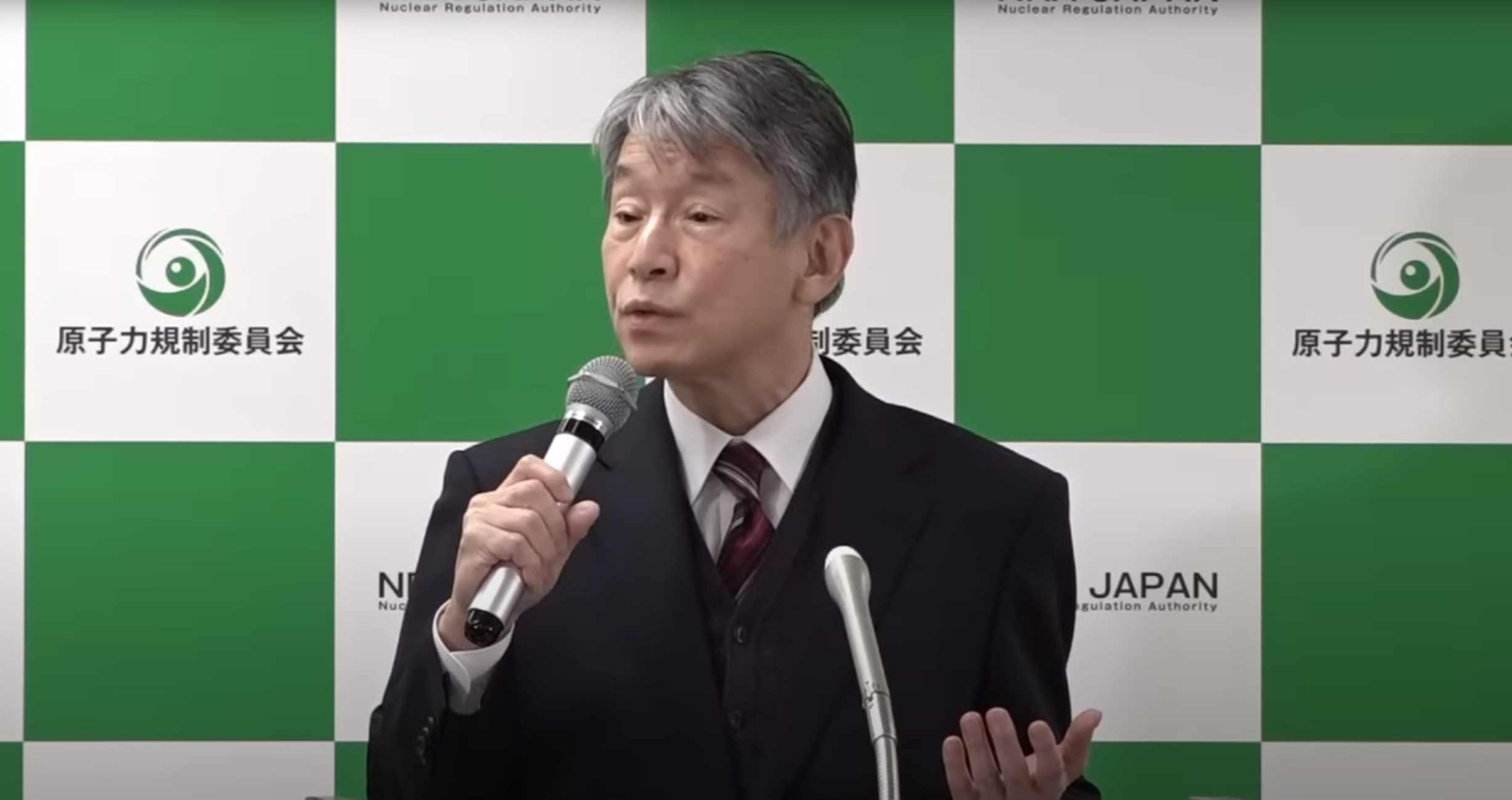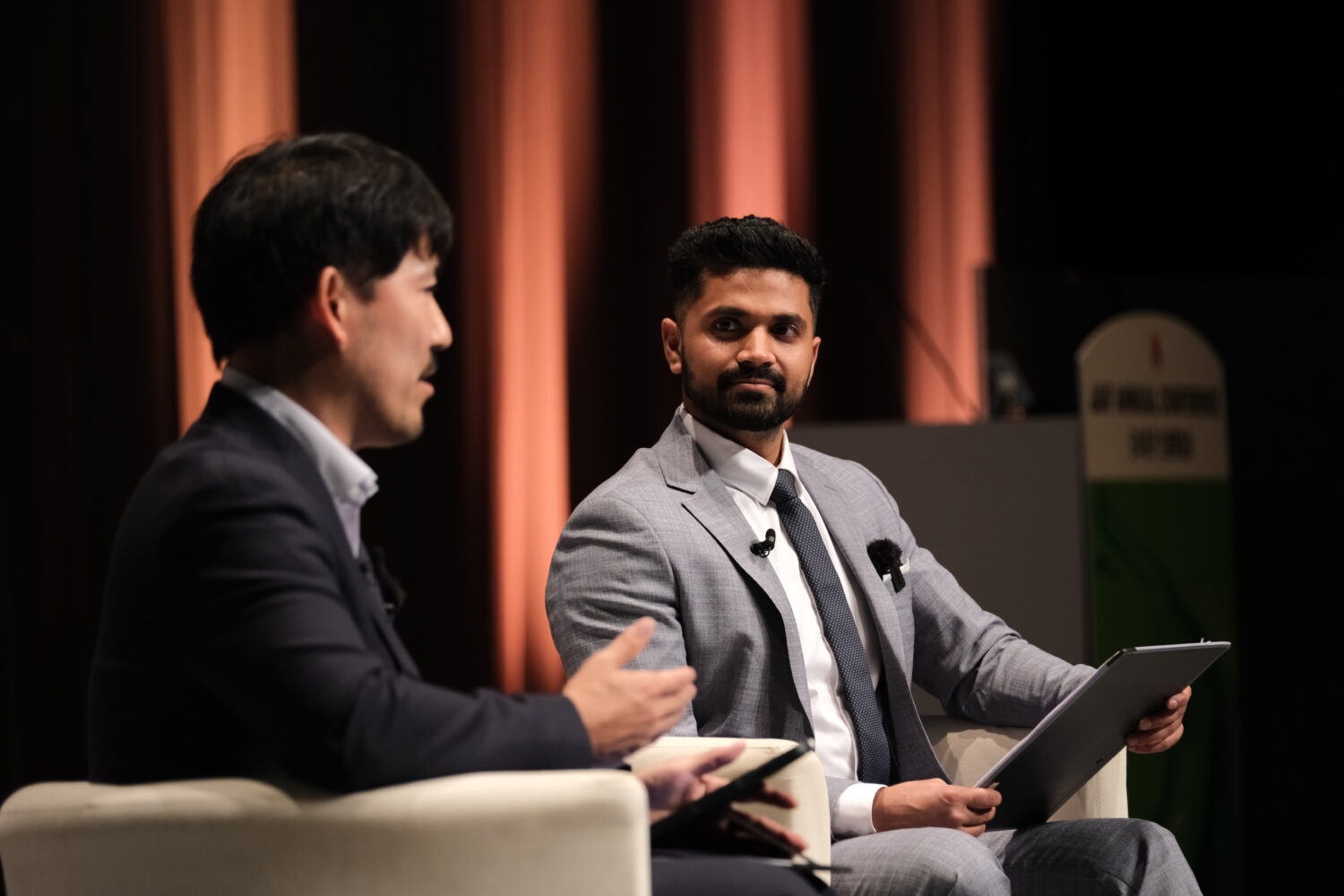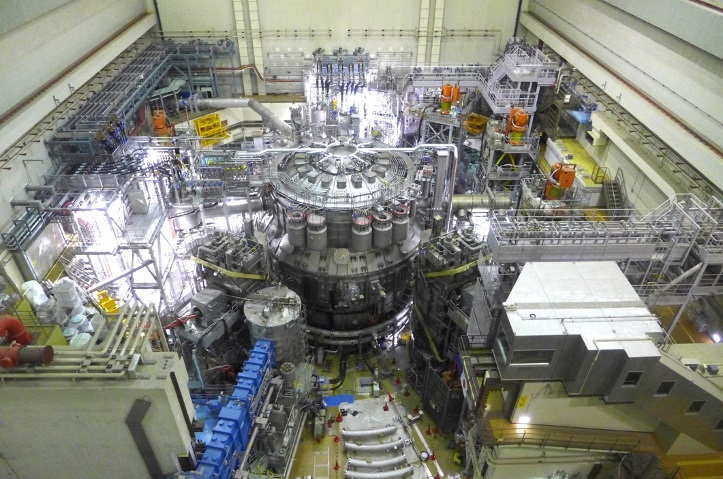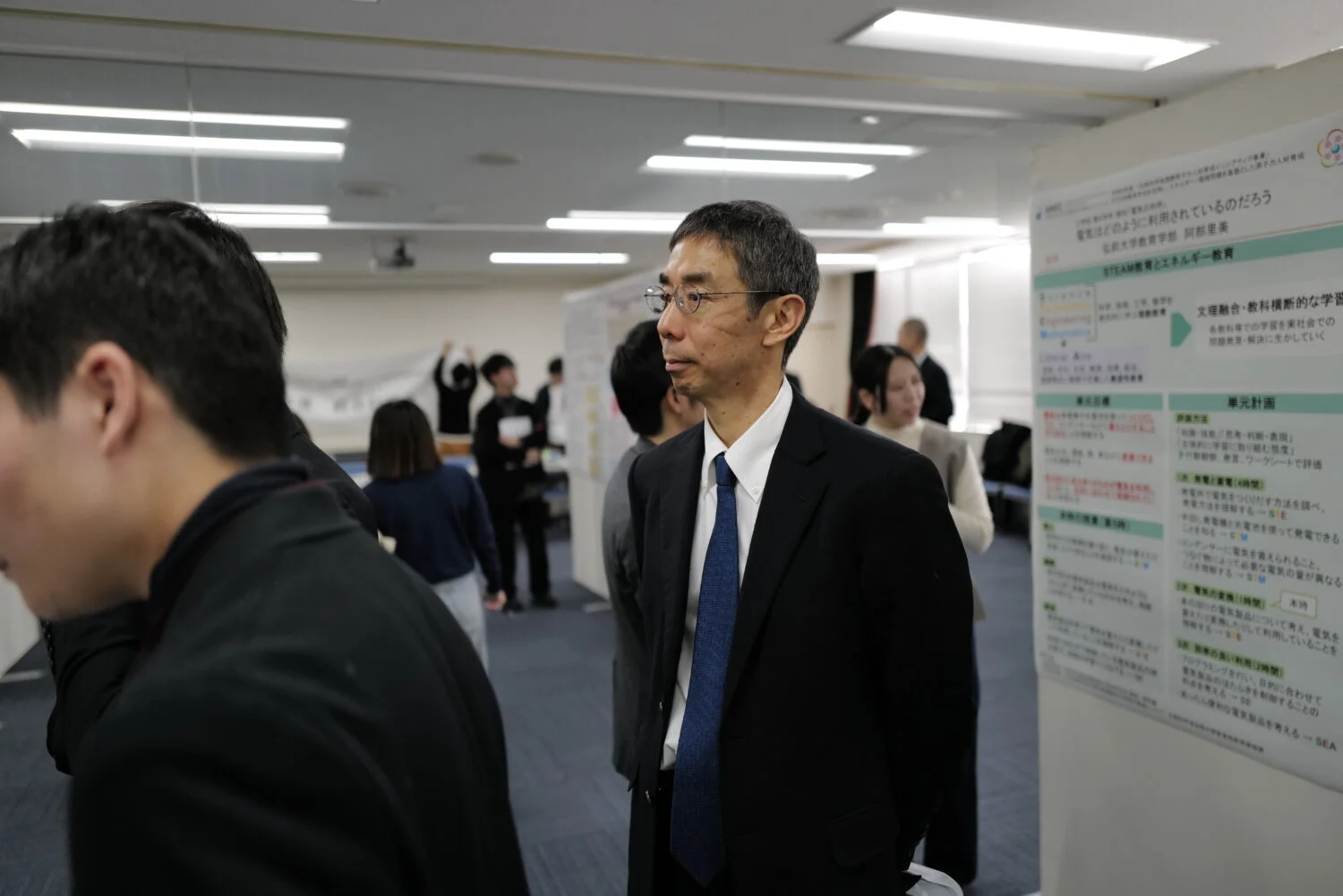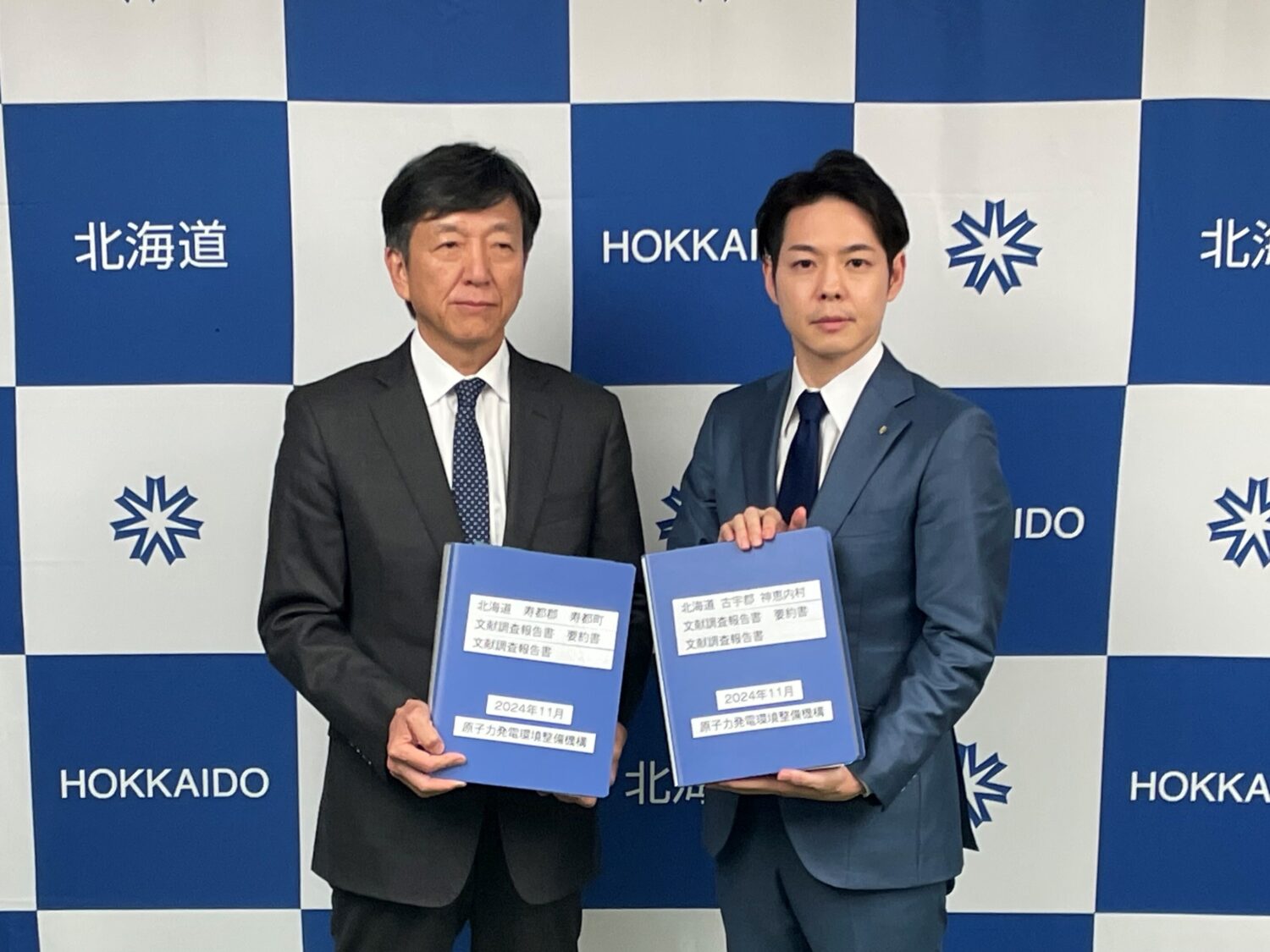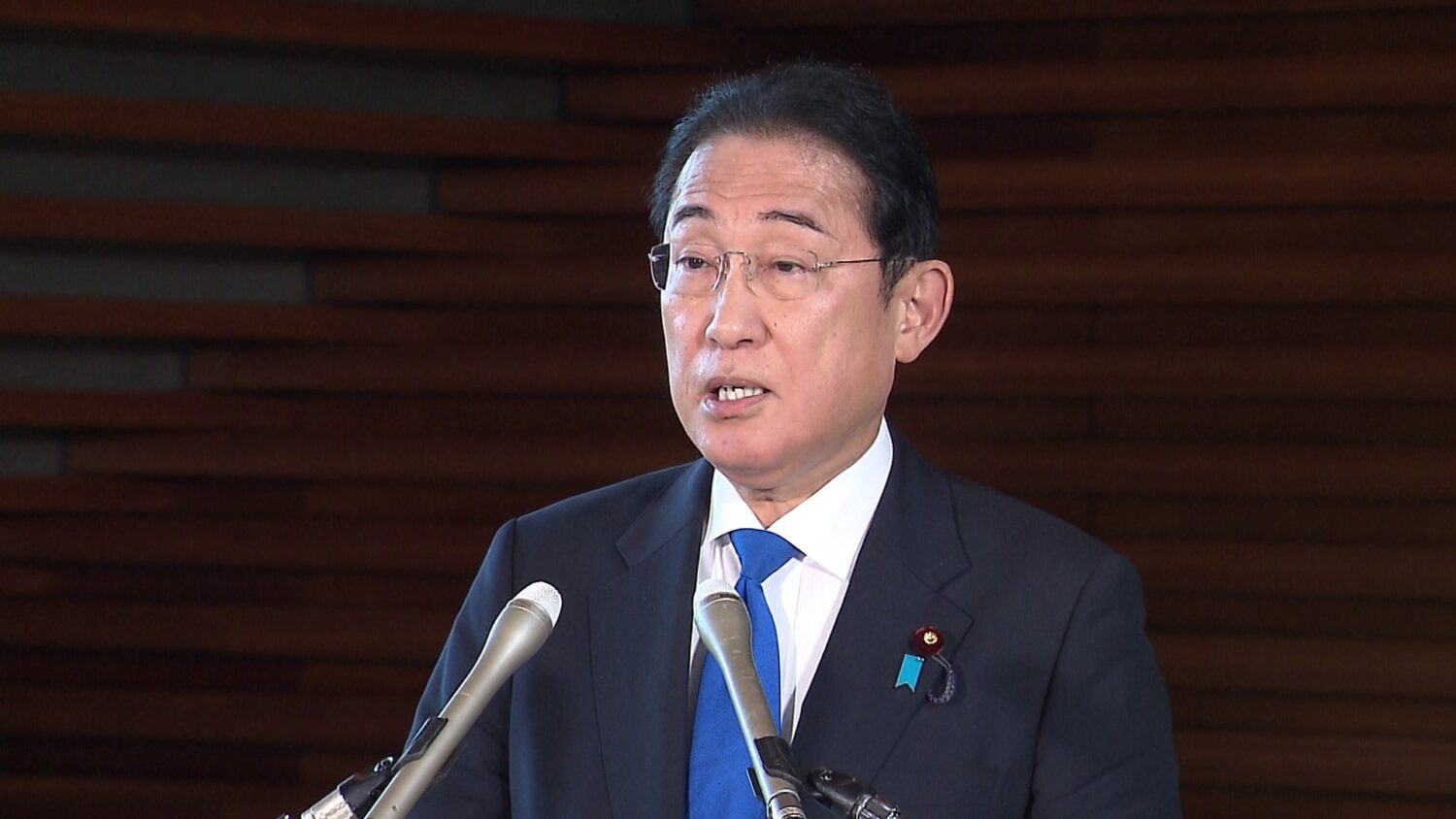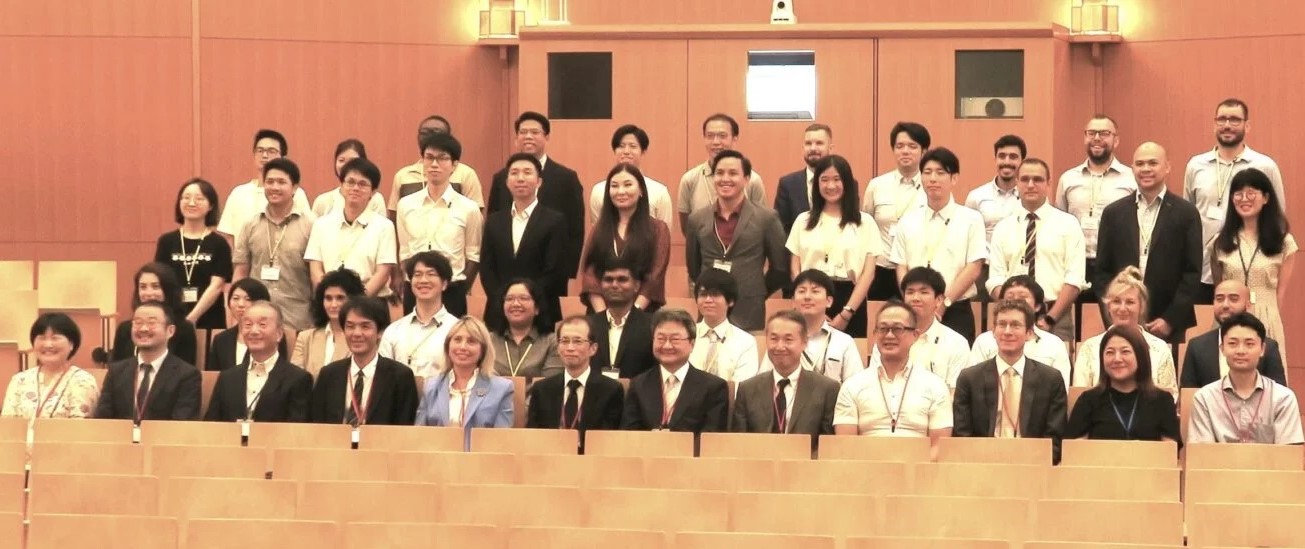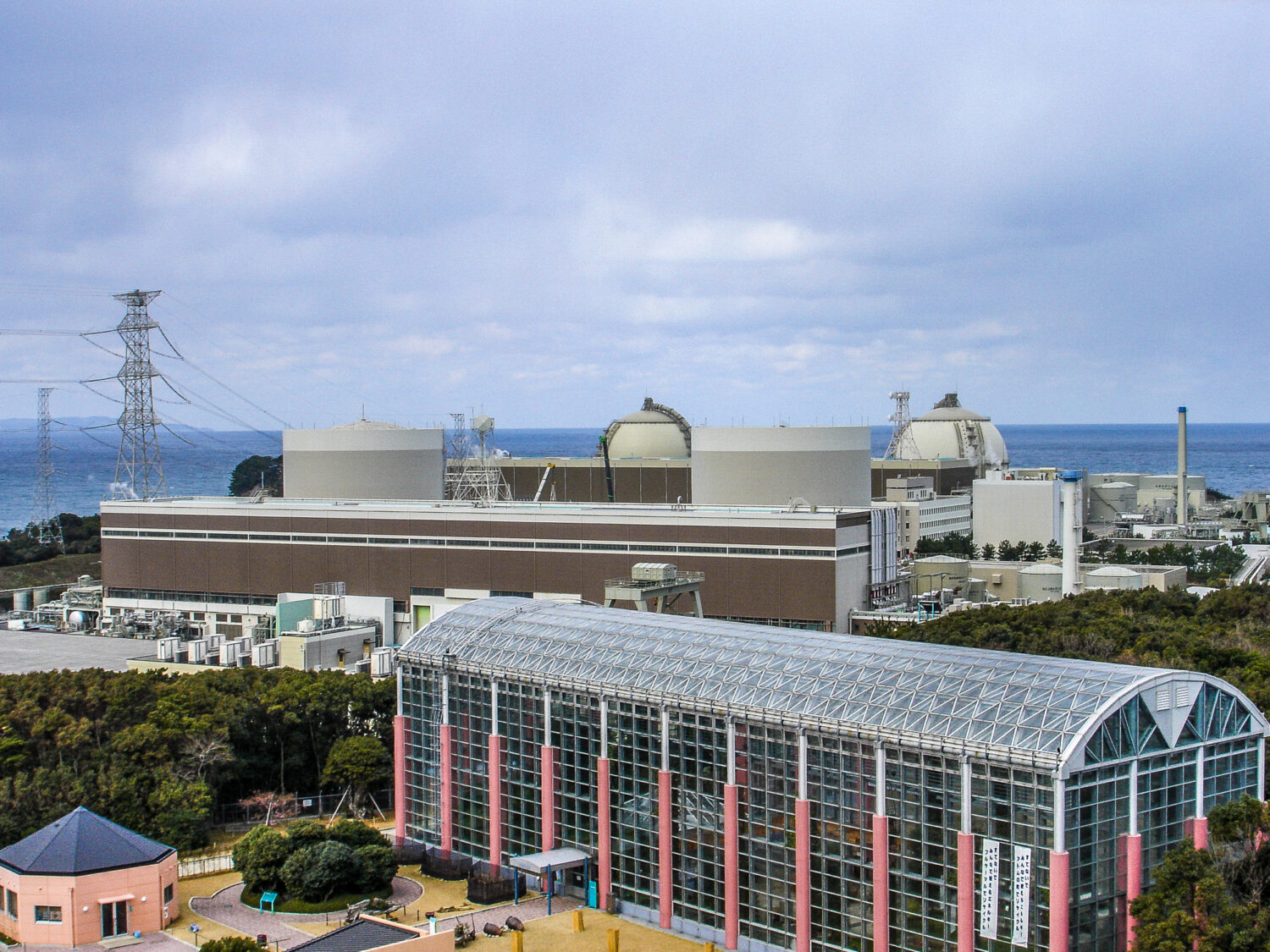The proposal was presented at the subcommittee’s previous meeting on November 28 as an “action plan,” and was revised based on opinions and views from the members and others.
Under its basic principles, the first of which is a re-acknowledgement that “safety comes first in the development and use of nuclear energy,” there are six pillars:
(1) Integrating the influence and capabilities of all relevant parties to facilitate NPP restarts.
(2) Extending operating lifetimes, with top priority on safety.
(3) Considering the development and construction of next-generation advanced reactors.
(4) Speeding up the processes of reprocessing, decommissioning and final disposal, and more.
(5) Maintaining and strengthening supply chains.
(6) Contributing to resolving globally common issues.
The draft action guidelines in the proposal will soon be presented to the advisory committee’s Strategic Policy Committee for its contributions to “how to carry out nuclear policy in the future.” The Japanese government’s Green Transformation (GX) Implementation Council (chaired by Prime Minister KISHIDA Fumio) is expected to present “how-to” specifics by the end of this year.
At the previous subcommittee meeting on November 28, a consensus was formed among the members relating to a new mechanism for dealing with operating lifetimes: namely, in support of an option for considering additional extensions to a certain upper limit.
The draft action guidelines also state that, under the current “40+20 years” approach, the calculations of operating lifetimes will not include those periods when operation was suspended after the giant March 2011 earthquake due to the following reasons:
— Changes to the legal system.
— Executive orders, recommendations, administrative guidance, etc.
— Provisional injunctions issued by courts, etc., and other reasons that operators could not foresee.
As for the development and construction of next-generation advanced reactors, it is clearly stated in the proposal that—deliberations at a working group under the subcommittee being taken into account—“actualization will be embarked upon starting with the replacement of reactors whose decommissioning has been decided upon, keeping progress on back-end issues in mind.”
Concerning that, ONO Toru, member of the Committee on Energy and Resources at the Japan Business Federation (Keidanren), asked that accelerated attention be given to the matter, as it was important from the viewpoint of maintaining the competitiveness of Japan’s nuclear industry.
Subcommittee member ENDO Noriko, project professor at the Research Centers and Institutes of the Keio University Global Research Institute, spoke in terms of consistency with the Strategic Energy Plan issued in the fall of last year. She was concerned that, in the current situation, the goal for nuclear energy to account for 20-22% of total generated electricity by 2030 could not be achieved, and asked that consideration be started as soon as possible.
JAIF President ARAI Shiro, attending as a special member, talked about maintaining and strengthening supply chains. Approximately 90% of construction materials for domestic nuclear power plants (NPPs) are procured within Japan, and related technology has been accumulated domestically. For the sustainable use of nuclear energy, he said, the production and supply of quality equipment and components, construction and maintenance were essential. In the same way that energy self-sufficiency is important, it is important that supply chain challenges be met consistently within the country.
With the recognition that, toward participation in foreign projects, there will be opportunities to present Japan’s high-level of nuclear technology to the world and to contribute to nuclear safety and reduce global warming, JAIF displayed its attitude to work proactively on the matter.
Apart from the above, the subcommittee members also offered opinions on strengthening back-end measures, including MOX fuel reprocessing, and the necessity of two-way communications between electricity-consuming and electricity-producing areas.



